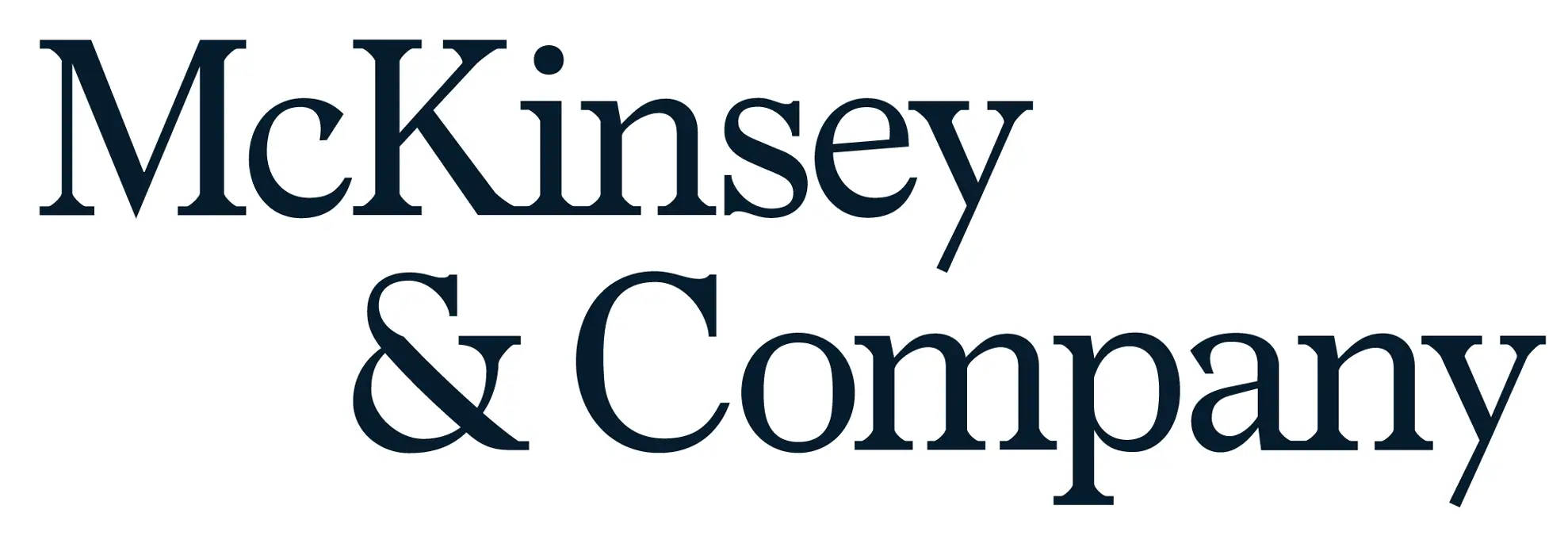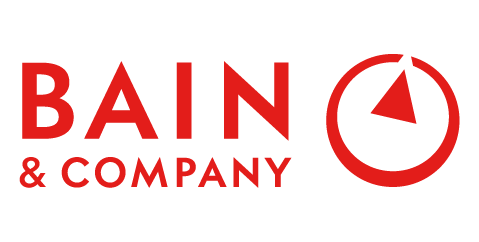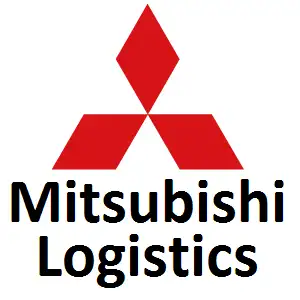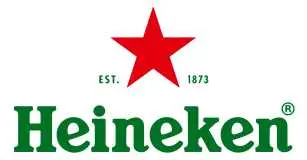
Global Healthcare Cloud Computing Market Insights, Size and Growth Forecast To 2030
Healthcare Cloud Computing Market Size, Share & Trends Analysis By Product, By Deployment, By Component, By Pricing, By Service, By End-user, Regional Outlook, Competitive Strategies and Segment Forecasts to 2030
| Published: Jun-2022 | Report ID: HLCA2204 | Pages: 1 - 240 | Formats*: |
| Category : Healthcare | |||
| Report Metric | Details |
| Market size available for years | 2019-2030 |
| Base year considered | 2021 |
| Forecast period | 2022-2030 |
| Segments covered | By Product, By Deployment, By Component, By Pricing, By Service, By End-user |
| Geographies covered | North America, Europe, Asia Pacific, Latin America, Middle East, Africa |
| Companies Covered | Allscripts Healthcare Solutions, Inc., Amazon Web Services, Inc., Athenahealth, Inc., CareCloud, Inc., ClearDATA Networks, Inc., Dell Technologies, Inc., DXC Technologies, eClinical Works, EnSoftek, Inc., Fujifilm Holdings Corporations, GE Healthcare, Global Net Access, Hyland Software, Inc., INFINITT Healthcare, Co. Ltd., International Business Machines Corporations, Iron Mountain, Inc., Koninklijke Philips N.V., Microsoft Corporations, Nextgen Healthcare, Inc., NTT DATA Corporation, Oracle Corporation, Salesforce, Inc., Sectra AB, Siemens Healthineers AG, VEPRO eHealth Solutions, VMware, Inc. |
1.1. Scope of the report1.2. Market segment analysis
2.1 Research data source
2.1.1 Secondary data2.1.2 Primary data2.1.3 SPER’s internal database2.1.4 Premium insight from KOL’s
2.2 Market size estimation
2.2.1 Top-down and Bottom-up approach
2.3 Data triangulation
4.1. Driver, Restraint, Opportunity and Challenges analysis
4.1.1 Drivers4.1.2 Restraints4.1.3 Opportunities4.1.4 Challenges
4.2. COVID-19 Impacts of the Healthcare Cloud Computing Market
5.1. SWOT analysis
5.1.1 Strengths5.1.2 Weaknesses5.1.3 Opportunities5.1.4 Threats
5.2. PESTEL analysis
5.2.1 Political landscape5.2.2 Economic landscape5.2.3 Social landscape5.2.4 Technological landscape5.2.5 Environmental landscape5.2.6 Legal landscape
5.3. PORTER’S five forces analysis
5.3.1 Bargaining power of suppliers5.3.2 Bargaining power of Buyers5.3.3 Threat of Substitute5.3.4 Threat of new entrant5.3.5 Competitive rivalry
5.4. Heat map analysis
6.1. Introduction6.2. Healthcare Provider Solutions
6.2.1. Clinical Information Systems6.2.1.1. Electronic Health Records/ Electronic Medical Records (EHR/EMR)6.2.1.1.1. EHR/EMR to dominate clinical information systems market6.2.1.2. Picture archiving & communication systems and vendor-neutral archives (PACS AND VNA)6.2.1.2.1. Growing image generation alongside need for scalability and easy sharing to drive PACS and VNA demand6.2.1.3. Population health management solutions6.2.1.3.1. Rising prevalence of chronic diseases and need to reduce healthcare costs to drive PHM adoption6.2.1.4. Telehealth solutions6.2.1.4.1. Shortage of health professionals to drive market growth6.2.1.5. Radiology information systems (RIS)6.2.1.5.1. RIS uses a cloud solution to help convert radiology to a virtual solution6.2.1.6. Laboratory information systems6.2.1.6.1. High flexibility, interoperability, scalability, and cost-efficiency of cloud-based LIS to drive market demand6.2.1.7. Pharmacy information systems6.2.1.7.1. Rising demand for automatic refills and the growing popularity of e-prescriptions to drive PIS use6.2.1.8. Other clinical information systems6.2.2. Non-Clinical Information Systems6.2.2.1. Revenue cycle management (RCM) solutions6.2.2.1.1. RCM solutions hold largest share of nonclinical information systems market6.2.2.2. Financial management solutions6.2.2.2.1. Cloud-based financial solutions to streamline and automate labour-intensive healthcare financial management functions6.2.2.3. Health information exchange (HIE) solutions6.2.2.3.1. Need for timely sharing of vital patient information to drive HIE demand6.2.2.4. Supply chain management solutions6.2.2.4.1. Supply chain management solutions to help reduce operational and administrative expenses6.2.2.5. Billing & accounts management solutions6.2.2.5.1. Implementing cloud-based billing to reduce expenses, increase revenue, and improve customer service6.2.2.6. Other nonclinical information systems
6.3. Healthcare Payer Solutions
6.3.1. Claims Management Solution6.3.1.1. Claims management solutions to help healthcare payers efficiently manage claims processing6.3.2. Payment Management Solution6.3.2.1. Payment management solutions connect payers, providers, members, and banks on a single integrated network6.3.3. Customer Relationship Management (CRM) solutions6.3.3.1. Healthcare payers to create CRM strategies to meet unique needs of their stakeholders6.3.4. Provider Network Management (PRM) solutions6.3.4.1. PRM solutions to offer reliable and secure connection between provider-payer community6.3.5. Fraud Management Solutions6.3.5.1. Rising cases of insurance fraud to drive market growth
7.1. Introduction7.2. Services
7.2.1. Demand for consulting services to grow in developing regions
7.3. Software7.3.1. Rising healthcare costs drive software adoption
8.1. Introduction8.2. Private cloud
8.2.1. Private cloud segment to account for largest share of market
8.3. Hybrid cloud
8.3.1. Hybrid cloud segment to register highest growth
8.4. Public cloud
9.1. Introduction9.2. Software-as-a-service
9.2.1. Software-as-a-service segment to dominate healthcare cloud computing market9.2.2. Benefits of software-as-a-service
9.3. Infrastructure-as-a-service
9.3.1. Infrastructure-as-a-service segment to register highest growth during forecast period9.3.2. Benefits of infrastructure-as-a-service
9.4. Platform-as-a-service
9.4.1. Platform-as-a-service simplifies application development and deployment on cloud9.4.2. Benefits of platform-as-a-service
10.1. Introduction10.2. Pay-as-you-go pricing
10.2.1. Pay-as-you-go-pricing model segment to account for largest share during forecast period
10.3. Spot pricing
10.3.1. Spot pricing model offers flexibility and unlimited utilization of services
11.1. Introduction11.2. Healthcare providers
11.2.1. Healthcare providers use cloud based EMRs to reduce costs, enhance privacy and facilitate better patient care
11.3. Healthcare payers
11.3.1. Cloud computing enables payers to accelerate their medical claims processing tasks, enhance customer care and improve documentation activities
12.1. North America
12.1.1. United States12.1.2. Canada12.1.3. Mexico
12.2. Europe
12.2.1. Germany12.2.2. United Kingdom12.2.3. France12.2.4. Italy12.2.5. Spain12.2.6. Rest of Europe
12.3. Asia-Pacific
12.3.1. China12.3.2. Japan12.3.3. India12.3.4. Australia12.3.5. South Korea12.3.6. Rest of Asia-Pacific
12.4. South America
12.4.1. Brazil12.4.2. Argentina12.4.3. Rest of South America
12.5. Middle East & Africa
12.5.1. Kingdom of Saudi Arabia12.5.2. United Arab Emirates12.5.3. Rest of Middle East & Africa
13.1. Allscripts Healthcare Solutions, Inc.
13.1.1. Company details13.1.2. Financial outlook13.1.3. Product summary13.1.4. Recent developments
13.2. Amazon Web Services, Inc.
13.2.1. Company details13.2.2. Financial outlook13.2.3. Product summary13.2.4. Recent developments
13.3. Athenahealth, Inc.
13.3.1. Company details13.3.2. Financial outlook13.3.3. Product summary13.3.4. Recent developments
13.4. CareCloud, Inc.
13.4.1. Company details13.4.2. Financial outlook13.4.3. Product summary13.4.4. Recent developments
13.5. ClearDATA Networks, Inc.
13.5.1. Company details13.5.2. Financial outlook13.5.3. Product summary13.5.4. Recent developments
13.6. Dell Technologies, Inc.
13.6.1. Company details13.6.2. Financial outlook13.6.3. Product summary13.6.4. Recent developments
13.7. DXC Technologies
13.7.1. Company details13.7.2. Financial outlook13.7.3. Product summary13.7.4. Recent developments
13.8. eClinical Works
13.8.1. Company details13.8.2. Financial outlook13.8.3. Product summary13.8.4. Recent developments
13.9. EnSoftek, Inc.
13.9.1. Company details13.9.2. Financial outlook13.9.3. Product summary13.9.4. Recent developments
13.10. Fujifilm Holdings Corporations
13.10.1. Company details13.10.2. Financial outlook13.10.3. Product summary13.10.4. Recent developments
13.11. GE Healthcare
13.11.1. Company details13.11.2. Financial outlook13.11.3. Product summary13.11.4. Recent developments
13.12. Global Net Access
13.12.1. Company details13.12.2. Financial outlook13.12.3. Product summary13.12.4. Recent developments
13.13. Hyland Software, Inc.
13.13.1. Company details13.13.2. Financial outlook13.13.3. Product summary13.13.4. Recent developments
13.14. INFINITT Healthcare, Co. Ltd.
13.14.1. Company details13.14.2. Financial outlook13.14.3. Product summary13.14.4. Recent developments
13.15. International Business Machines Corporations
13.15.1. Company details13.15.2. Financial outlook13.15.3. Product summary13.15.4. Recent developments
13.16. Iron Mountain, Inc.
13.16.1. Company details13.16.2. Financial outlook13.16.3. Product summary13.16.4. Recent developments
13.17. Koninklijke Philips N.V.
13.17.1 Company details13.17.2 Financial outlook13.17.3 Product summary13.17.4 Recent developments
13.18. Microsoft Corporations
13.18.1. Company details13.18.2. Financial outlook13.18.3. Product summary13.18.4. Recent developments
13.19. Nextgen Healthcare, Inc.
13.19.1. Company details13.19.2. Financial outlook13.19.3. Product summary13.19.4. Recent developments
13.20. NTT DATA Corporation
13.20.1. Company details13.20.2. Financial outlook13.20.3. Product summary13.20.4. Recent developments
13.21. Oracle Corporation
13.21.1. Company details13.21.2. Financial outlook13.21.3. Product summary13.21.4. Recent developments
13.22. Salesforce, Inc.
13.22.1. Company details13.22.2. Financial outlook13.22.3. Product summary13.22.4. Recent developments
13.23. Sectra AB
13.23.1. Company details13.23.2. Financial outlook13.23.3. Product summary13.23.4. Recent developments
13.24. Siemens Healthineers AG
13.24.1. Company details13.24.2. Financial outlook13.24.3. Product summary13.24.4. Recent developments
13.25. VEPRO eHealth Solutions
13.25.1 Company details13.25.2 Financial outlook13.25.3 Product summary13.25.4 Recent developments
13.26. VMware, Inc.
13.25.5 Company details13.25.6 Financial outlook13.25.7 Product summary13.25.8 Recent developments
SPER Market Research’s methodology uses great emphasis on primary research to ensure that the market intelligence insights are up to date, reliable and accurate. Primary interviews are done with players involved in each phase of a supply chain to analyze the market forecasting. The secondary research method is used to help you fully understand how the future markets and the spending patterns look likes.
The report is based on in-depth qualitative and quantitative analysis of the Product Market. The quantitative analysis involves the application of various projection and sampling techniques. The qualitative analysis involves primary interviews, surveys, and vendor briefings. The data gathered as a result of these processes are validated through experts opinion. Our research methodology entails an ideal mixture of primary and secondary initiatives.
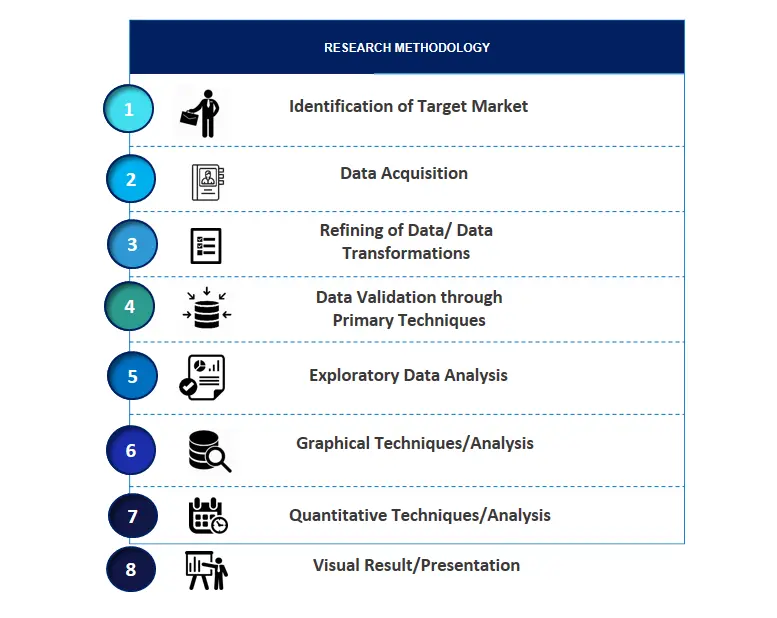
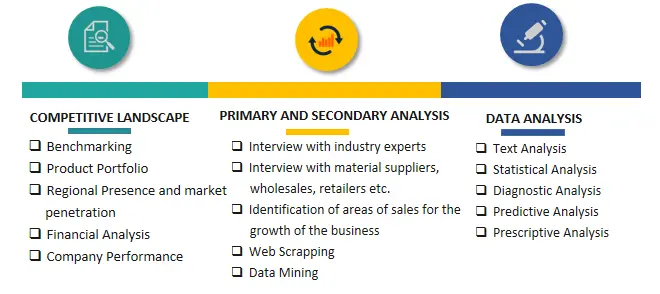

Frequently Asked Questions About This Report
PLACE AN ORDER
Year End Discount
Sample Report
Pre-Purchase Inquiry
NEED CUSTOMIZATION?
Request CustomizationCALL OR EMAIL US
100% Secure Payment






Related Reports
Our Global Clients
Our data-driven insights have influenced the strategy of 200+ reputed companies across the globe.






